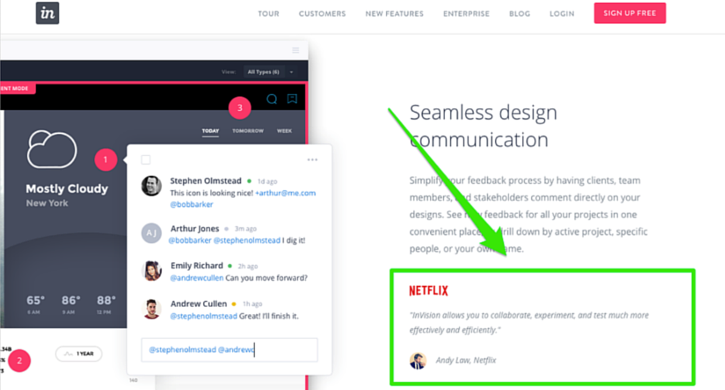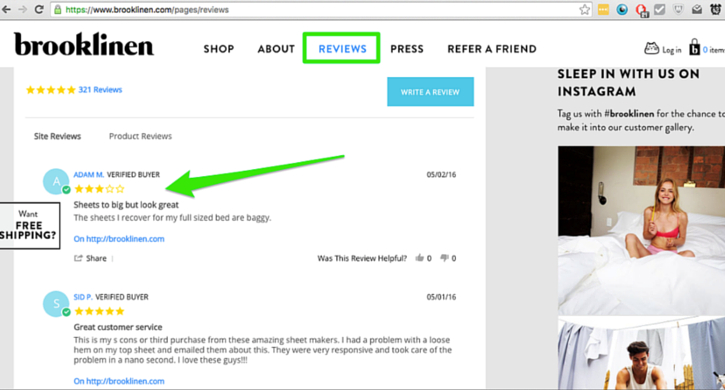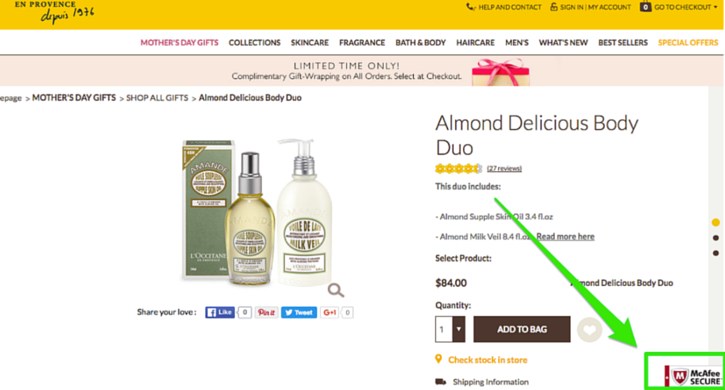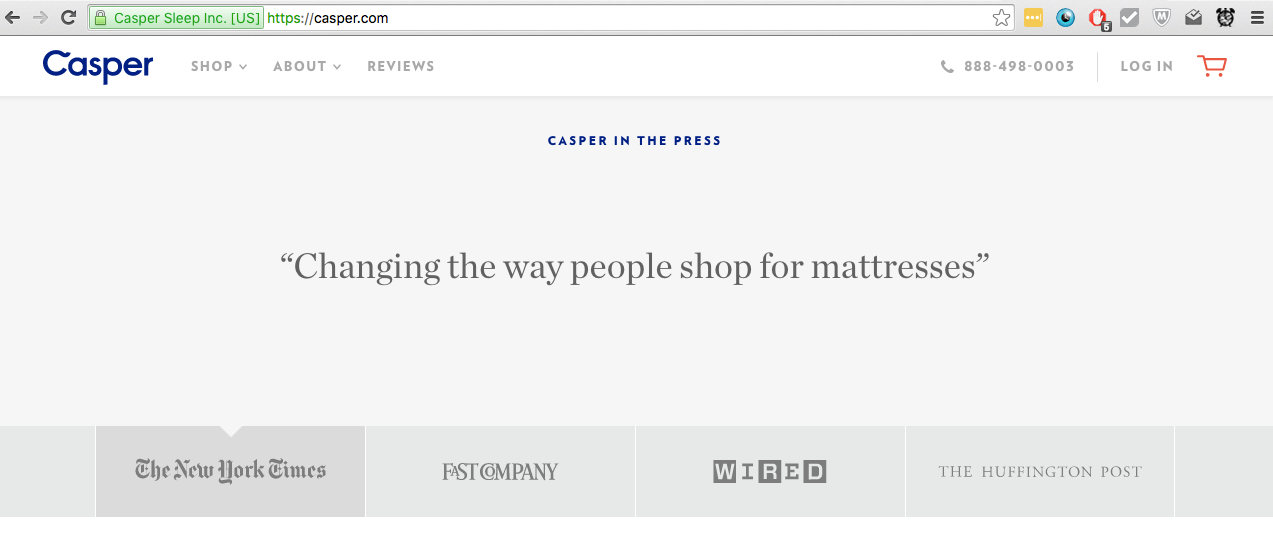
It's 10:36 am. You're sitting in front of your computer, sipping from the day's second (maybe third) cup of coffee, visiting your favorite news site. You see an article about a data breach, or a hacking at a company, and you breathe a sigh of relief. I'm glad that's not me, you think to yourself.
If you've ever done something like the above, it’s time to change your mindset. The fact of that matter is that a data breach isn't just a problem for the poor sap's business who got hacked. It's a problem for everyone.
Including sites that haven't been breached.
Why? Glad you asked.
Data breaches create a climate of fear that hurts all ecommerce sites.
This climate of fear affects nearly all internet users. It's why 75% of consumers say they don’t like giving out their credit card number online*, and why nearly 1 in 5 shopping carts are abandoned because of security concerns.
Fortunately, you, the business owner, are not helpless. You can do something about it. Here are a few steps you can take to build trust and increase business:
1) Testimonials, please
One of the strongest things you can do is get satisfied customers to provide juicy quotes about how happy they are because they did business with you. Knowing you have a good track record will make other potential customers feel better and ease their doubts before they make that coveted purchase.

The move: Look-out for positive quotes about your business that you can post to your site to raise user’s confidence.
2) Build up your reviews
Reviews are like testimonials — they provide third-party info, or, a track record, about your product. (Fun fact: even negative reviews can help your business, according to the Harvard Business Review.)

The move: Send out follow-up emails to customers after they’ve received their product asking for a review of what they purchased (you can find more details about this here). You can also add a review app from the Volusion App Marketplace.
3) Show them you're safe
Here's the key thing. Because breaches have made people feel unsafe, you need to take the most obvious step to remedy that.

An easy, effective to do this is by displaying the McAfee SECURE trustmark. It lets visitors know that McAfee, a highly trusted third-party, has tested and certified the security of your site, making them feel safe enough to do business with you.
4) Quotable is notable
Display any noteworthy press from media outlets with name-brand cachet, and be sure to include the news companies' logos. Here's how Casper, a mattress company, does it:
 People will implicitly trust your site knowing your business has been reported on by a trustworthy news organization — it's another form of vetting.
People will implicitly trust your site knowing your business has been reported on by a trustworthy news organization — it's another form of vetting.
The move: Build an "In the Press" section on your site. This way, visitors can easily find and read any articles that have been published about your brand.
5) Looking professional is being professional
Eliminating small errors like 404 pages, broken links, missing images, and especially, especially slow-loading pages can be a difference maker for your site. If you have these types of problems, people may worry you're not reliable enough to handle their credit card information.
If you don't believe us, chomp on this factoid: Kissmetrics found every second delay in page load time causes a 7% decrease in conversions. That's what it costs to be unprofessional.
The move: There are plenty of sites that allow you to test your website's speed. You should use them as often as you make changes — as Kissmetrics has shown, it is well worth it!
Wrapping up
While there's no fool-proof, 100% guaranteed way to get rid of the climate of fear caused by breaches, if you take these steps, your business will be in a strong position to be trusted, not feared.
*Harris Interactive 2013, Trustmark Attitudes and Perceptions











